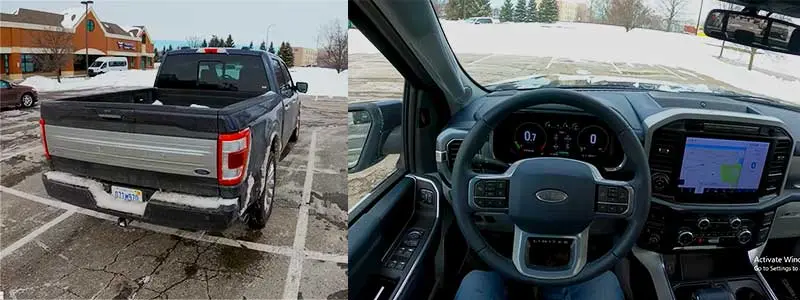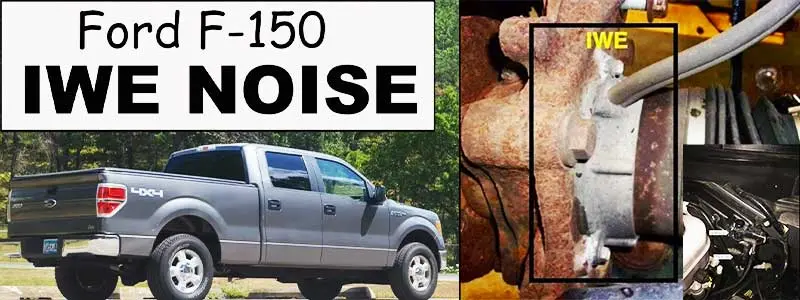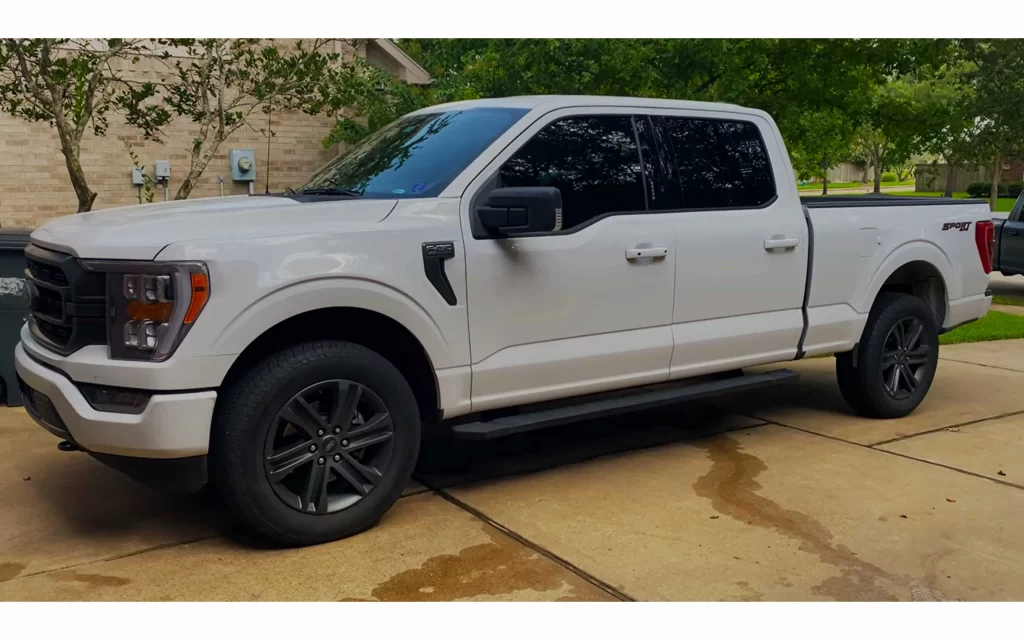
In the research of efficiency
Climate change is World’s big challenge: we are in the middle of a paradigm shift that can’t be ignored any further. Among car buyers there is an overwhelming truth about gasoline-powered motors.
Car owners are aware that cars contribute to pollution, that’s why they are abandoning their desire for power and speed and embracing a low emission and fuel efficiency mindset.
Electric cars and trucks are very brilliant solutions, but in reality fuel won’t be dismissed in the short term. We need to gradually reduce our dependence on fossil fuels.
For that reason, in April 2012, Ford introduced the first generation of its environmentally friendly combustion system: the EcoBoost. A brand new engine that shows interesting features, without compromising performance.
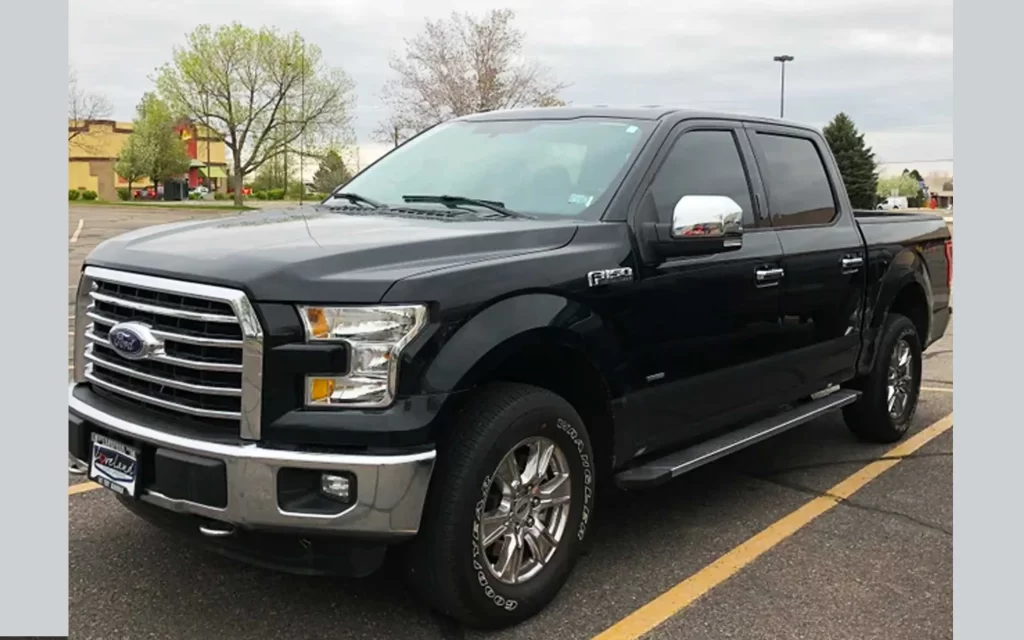
Ford EcoBoost: a brief history
The first models that mounted the brand new EcoBoost engines were trucks and SUVs that had a high demand for power and fuel efficiencies.
Along with climate change, Ford responded to the government’s desire to have more fuel-efficient cars on the road, and to the owners’ complaints about rising fuel prices.
EcoBoost engines are made of aluminum: that means lighter cars and lower fuel consumption. This is the first innovation introduced by Ford, but something more is waiting under the hood.
EcoBoost has an innovative direct injection system that enables a perfectly calibrated high-pressure fuel/air injection into the cylinder, reducing the amount of consumed fuel without any power loss.
In fact EcoBoost has a higher weight-to-power ratio compared to classic engines, that means smaller engines but same performances. The innovations don’t end here: Ford introduced some cutting edge innovations.
The first innovation was the development a special coating for the cylinders that reduces the friction; less friction means less heat and less fuel consumption.
Ecoboost engines are equipped with a turbocharger that increases its horsepower but with less displacement; it is a small low inertia compressor that can reach a stunning 200.000 rpm.
That system is innovative compared to the classic one: the smaller aluminum engines produce higher torque than most vehicles, a useful advantage when you are accelerating or going up hills.
Along with that, Ford designed a double distribution overhead camshaft system with four valves for each cylinder, optimizing the intake, the exhaust phases and the fuel consumption.
It’s clear that Ford is willing to do something real about climate change With all those innovations, EcoBoost engines can increase fuel efficiency up to 20%
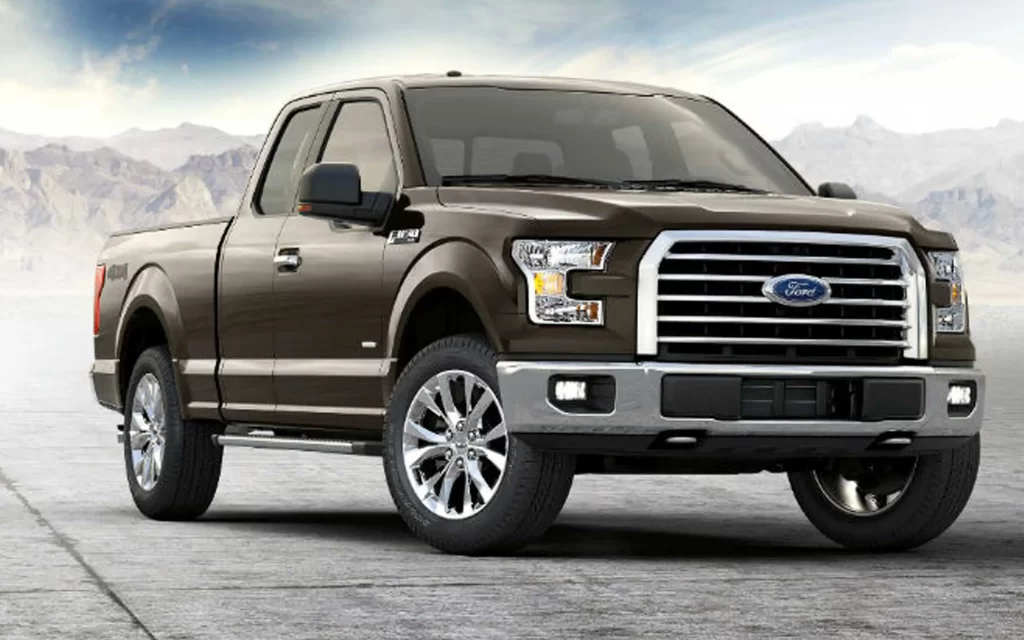
All those amazing features seem to be the final solution to fuel efficiency and all the environmental costs connected to higher consumption. But the story has an unexpected twist.
Read: What Fuel Should I Use In My f-150 Ecoboost
1. Is the EcoBoos really fuel efficient?
- In 2015 Ward’s, the American organization that has covered the automotive industry for over 80 years, admitted that EcoBoost isn’t as efficient as Ford admits.
- Ward’s annual publication of the 10 Best Engines shows that EcoBoost achieved 15.6 mpg using the 2.7-liter engine, which was a far cry from the 26 mpg Ford’s claims.
- Despite those claims, thousands of Ford drivers still notice a considerable advantage and amazing performance. So, where is the truth?
- Ward’s tests were conducted driving the first generation of EcoBoost, but a lot of things have changed in the last 10 years.
- If you are still not sure about the real advantage of that system, Ford gives you some additional hints in order to achieve the best gasoline efficiency.
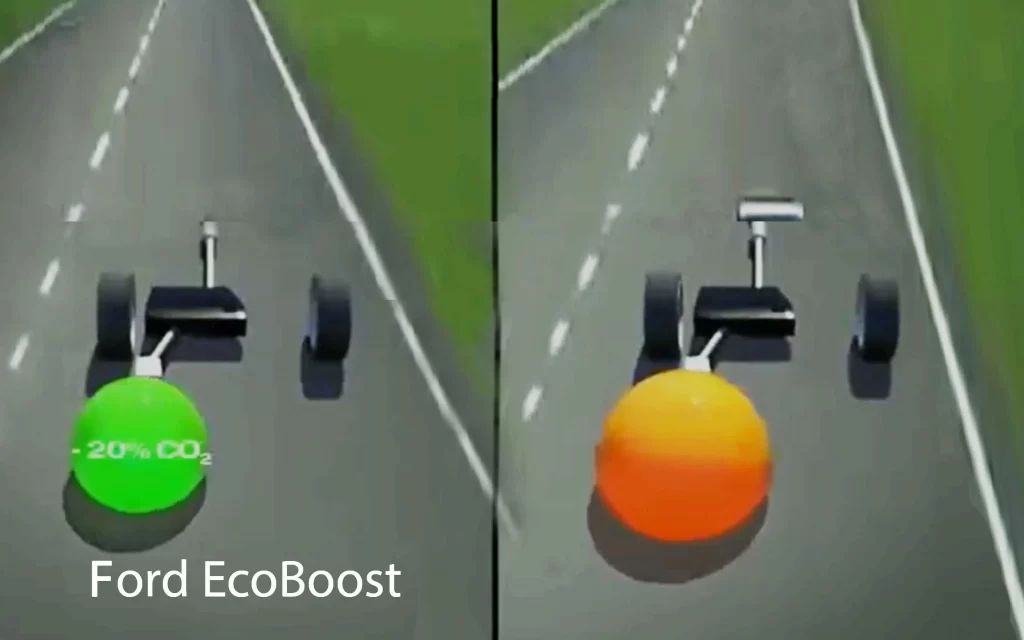
The 5 principles of fuel reduction
Gradual accelerations
- It seems obvious, but the first best practice is linked to your ability to control the power of your right foot.
- EcoBoost doesn’t need too much gas to move, thanks to its advanced direct injection system. Especially after a stop, remember: always step gently on the gas.
Drive fast when you need to stop
- If you are approaching a traffic light, make sure to slightly accelerate and then use the engine brakes to slow you down.
- This is the most efficient way to make an efficient stop ‘n go maneuver for an EcoBoost. Remember: efficiency is all about perfect timing.
Read Also: Symptoms of a Bad Fuel Pump Relay
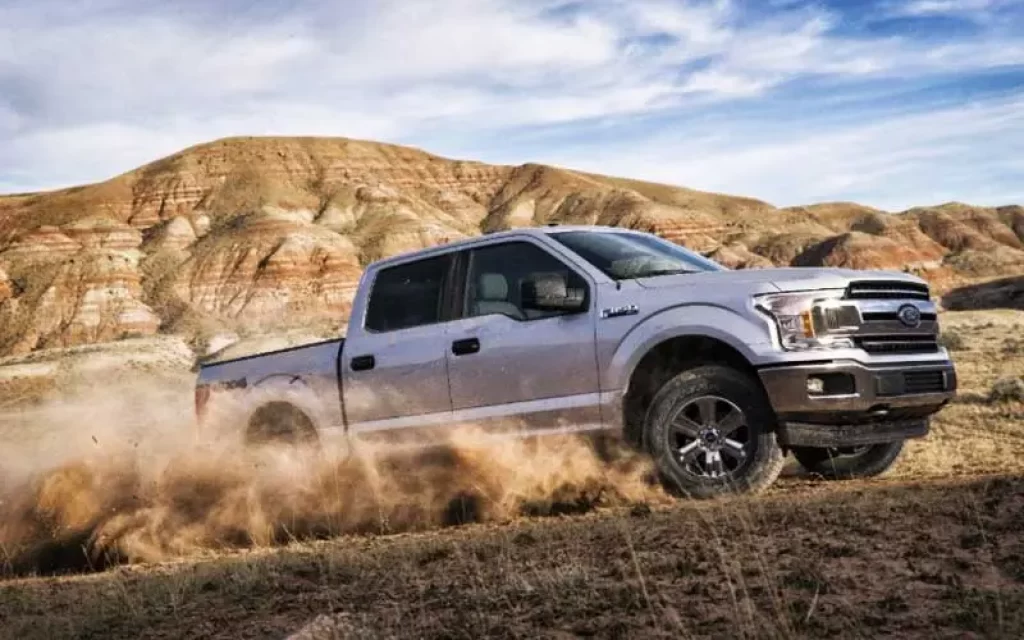
Drive slow for long distances
- I’m not telling you to drive at 15 mph on a 6 lanes highway: the idea here is slightly different.
- Be sure to maintain a constant low “average” speed in order to obtain the best performance from your brand new EcoBoost.

Engine braking
- Using that technique is quite straightforward: taking advantage of the power of idling to slow you down, without lowering your rpm and, doing so, reducing the brakes consumption.
- The best example to benefit from engine braking is when you are driving downhill for quite some time.
- If you just simply leave it in gear, not only is this safe because it puts the heat from decelerating into your engine’s cooling system instead of putting it into the brakes, avoiding dangerous brake overheat.
Remember that fuel efficiency means using every single part of your car in the smartest way.
Low throttle
- Maybe you love the rumble of a powerful engine, but there is a twist. Sound is produced by energy, and that energy is fuel: noise is equal to consumption.
- The easiest way to reduce that waste of energy is lowering the throttle. EcoBoost can guarantee an amazing power even with relatively low throttle.
More silent ride means a happier neighborhood, a healthier environment, and a bigger bank account.
Read Also: Fuel Injector Cleaning Necessary
Shift early
- Let’s face the fact that unless you are acting in the last “Fast ‘n Furious”, there is no point at all in shifting like crazy; quite the opposite.
- Ford warmly suggests us to keep the shifting as quiet as possible, in order to dramatically reduce the fuel consumption.
- As a matter of fact, fast shifting is one of the most common mistakes that drivers all around the world commit.
Keep in mind that early shift means lower throttle (see above) and less fuel consumption.
Conclusions
Despite of Ward’s claims, EcoBoost still represents an effective solution against fuel consumption; especially the last models show a stunning improvement in efficiency.
Along with that, you must always respect the 5 principles in order to obtain the maximum performance from your next EcoBoost.

